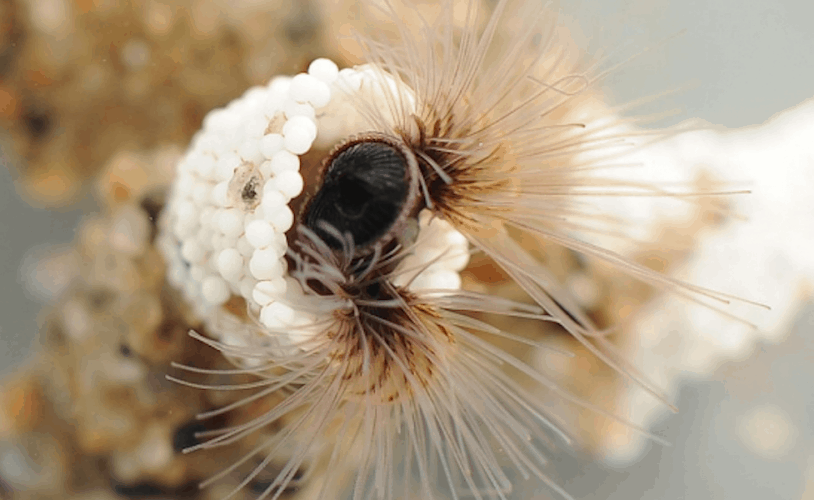Sandcastle worm provides inspiration for new type of wet glue
The Sandcastle worm has provided inspiration to a group of researchers at UC Santa Barbara who’ve developed a wet glue for biomedical and non-biological applications.

Areas such as tissue repair, dental adhesives and other surface adhesion applications could benefit from this glue, which replicates the adhesion strategy of the segmented marine invertebrate that is found along the California coast.
Known for constructing hive-like shelters out of grains of sand glued together by a protein adhesive, sandcastle worms, along with mussels and other glue-secreting inhabitants of the intertidal zone, have inspired scientists and engineers looking to develop an adhesive that can perform in wet, submerged and otherwise inhospitable conditions.
"Sandcastle worms secrete a robust underwater adhesive to build a tube reef (sandcastle) in harsh intertidal environments, where wind and wave velocity often exceed 25 meters per second," said Kollbe Ahn, a project scientist at UCSB's Marine Science Institute and co-lead author of a paper on this research that appears in Nature Materials. "We successfully replicated the strong wet-contact adhesion of the bio-adhesion featuring nanoscopic chemical and miroscopic porous structures.”
Register now to continue reading
Thanks for visiting The Engineer. You’ve now reached your monthly limit of news stories. Register for free to unlock unlimited access to all of our news coverage, as well as premium content including opinion, in-depth features and special reports.
Benefits of registering
-
In-depth insights and coverage of key emerging trends
-
Unrestricted access to special reports throughout the year
-
Daily technology news delivered straight to your inbox










Water Sector Talent Exodus Could Cripple The Sector
Maybe if things are essential for the running of a country and we want to pay a fair price we should be running these utilities on a not for profit...